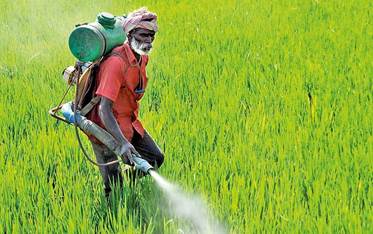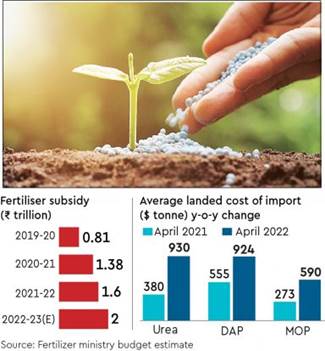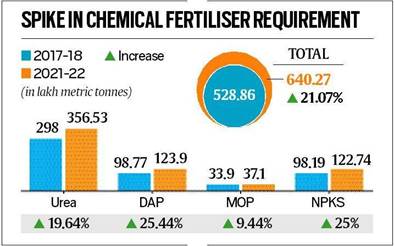Free Courses Sale ends Soon, Get It Now


Free Courses Sale ends Soon, Get It Now



Disclaimer: Copyright infringement not intended.
Context
PM PRANAM Scheme
Working of the Scheme
How much fertiliser does India require?
Significance of PM Pranam Scheme


|
India meets about 75-80% of the volume of consumption of urea from domestic production while the rest is imported from Oman, Egypt, the UAE, South African and Ukraine. Nearly half of its DAP requirement are imported via (mainly from West Asia and Jordan) while the domestic MoP demand is met solely through imports (from Belarus, Canada and Jordan, etc). |
MUST READ: COMPREHENSIVE ARTICLE ON FERTILIZER SUBSIDY: https://www.iasgyan.in/daily-current-affairs/fertiliser-subsidy-47
ALSO READ: https://www.iasgyan.in/daily-current-affairs/nano-urea-and-urea-sector
© 2024 iasgyan. All right reserved